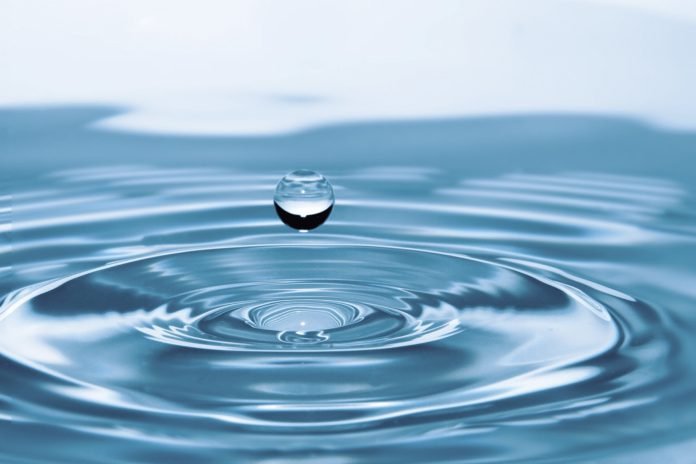Last Updated on March 12, 2024 by admin
Membrane water treatment is a water purification method that aims to remove the contaminants present even at the Nano level. As the name suggests, it makes use of membranes as a barricade to achieve this. It was in the 1960s when membranes were introduced. Since then, they have come a long way to become effective in removing PFAS in Australia and other countries.
Table of Contents
Processes Involved in Membrane Water Treatment
It uses different types of membranes to filter out the unwanted contaminants in the water. The liquid is allowed to pass through semi-permeable membranes. These membranes do not let the water particles pass. As a result, the residue is collected on the opposite side of the water.
The membrane filtration processes in ascending order of their porousness are:-
- Forward osmosis
- Reverse osmosis
- Nanofiltration
- Ultrafiltration
- Microfiltration
Each process uses a different type of membrane to achieve its goal.
What is a membrane?
A membrane is any barrier that is used in water treatment to filter out the contaminants of water. A membrane must have compactness, low maintenance, and uniformity in velocity distribution with no scope of dead regions, along with several other characteristics to be able to accomplish water treatment.
What are different types of membranes?
Generally, membranes are classified broadly into isotropic and anisotropic. Anisotropic membranes have a non-uniform cross-section in contrast to the isotropic membrane’s uniform cross-section. They both are made from varied materials depending on the purpose.
A copious amount of membranes exist. To name a few:-
- Tubular membrane
- Flat sheet membrane
- Hollow-filter membrane
Why is it important?
The process is used to purify water at a Nano-level more efficiently and economically in comparison to other methods of purification. Furthermore, it plays a vital role in making potable water available.
Challenges Faced in the Process
The efficiency of a membrane treatment is profoundly dependent on its physical state. To explain, if the membrane is not in a perfect state, the process of reverse osmosis can cause biofilm fouling. Fouling is essentially clogging of pores. It significantly decreases the efficiency of the treatment by magnifying the energy usage. The good news is, fouling can be avoided with the application of specialized coatings. Methods such as altering the charge of the membranes can also be used.
Role in the Effective Removal of PFAS in Australia and Elsewhere
PFAS stands for Per- and poly-fluoroalkyl substances. These are a profoundly toxic range of chemicals that have more than three thousand unique compounds. They contaminate drinking water, thereby posing as a threat to human life, wildlife, and the environment. As a result of the growing threat of PFAS in Australia and other countries are constantly striving to eliminate the chemicals through the process of using special membranes to filter them out.
Summing up
With the growing threat of PFAS, various countries have become vigilant in eliminating it. Hence, we can conclude by saying that this treatment is lifesaving, revolutionary method towards water treatment. Over the years, we hope to significantly reduce these damages to the environment.
Read More: The Technology Behind Reducing PFAS in Drinking Water

























